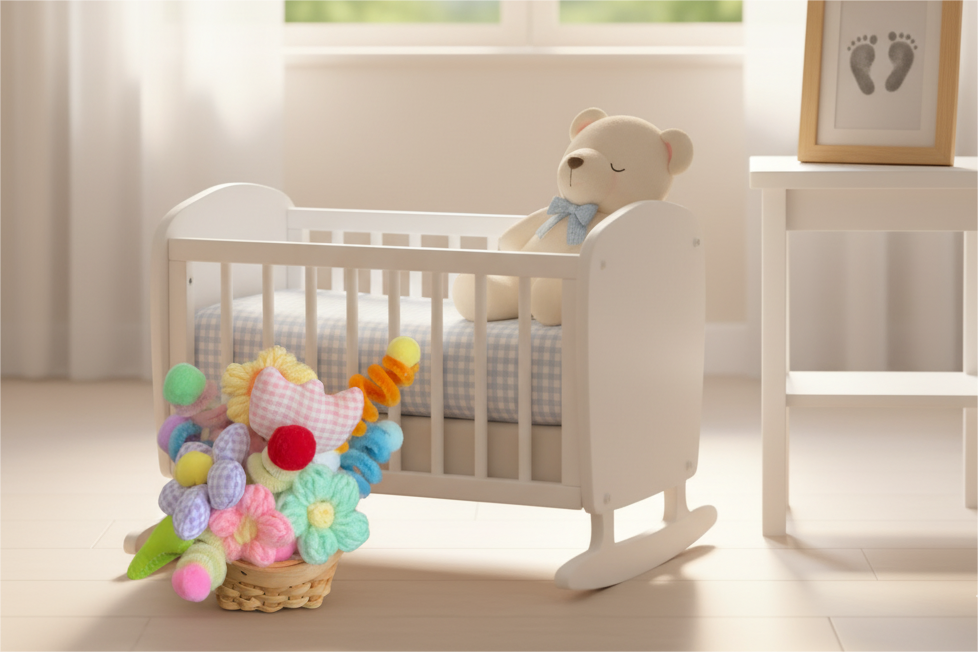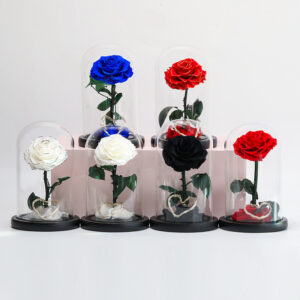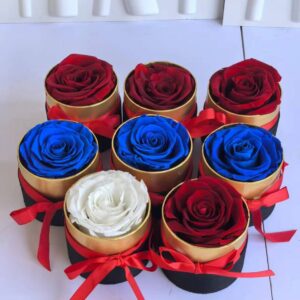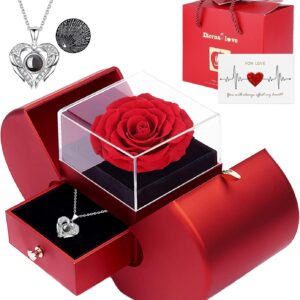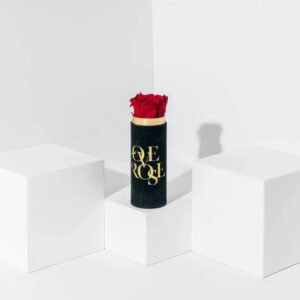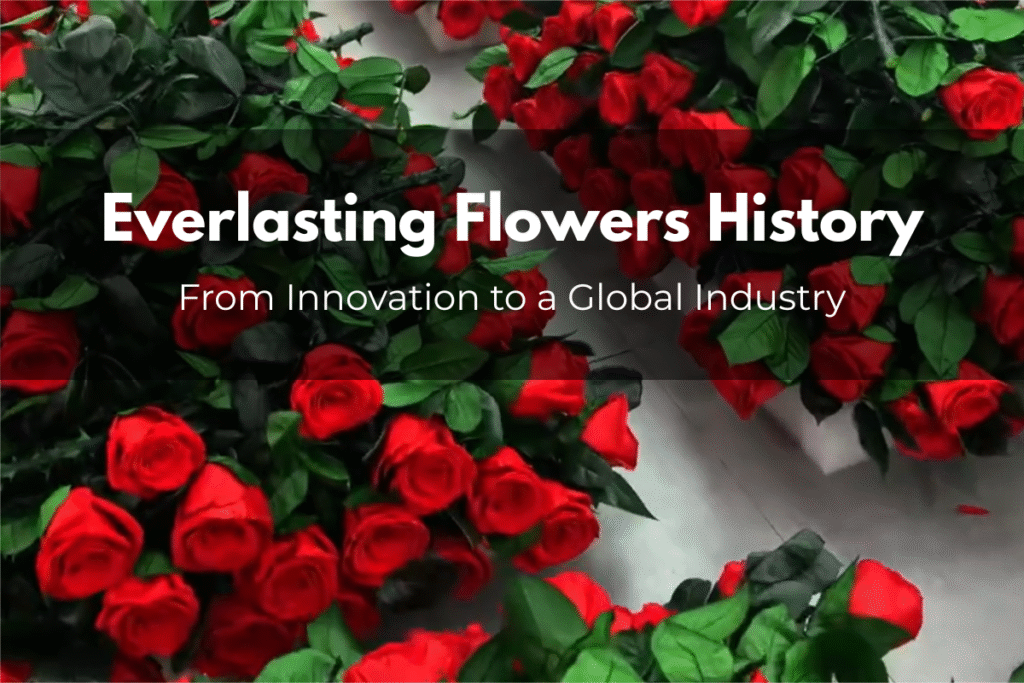
Every successful product starts as a simple idea. For the modern flower industry, that idea was radical: What if real flowers could stay beautiful for years without drying or fading?
From that question came one of the most fascinating evolutions in floriculture. Everlasting flowers—real blooms that are carefully preserved to maintain their softness, color, and natural appearance—have grown from a small scientific experiment into a worldwide business connecting science, art, and manufacturing.
Today, these long-lasting flowers are part of the global gift, décor, and luxury markets. Understanding how they evolved reveals not only a story of innovation but also why brands and retailers now rely on this unique product category.
1. The First Innovation: Turning Science into Longevity
The concept of everlasting flowers began in Europe during the 1980s, when researchers explored how to keep real petals soft and vivid after harvesting. Traditional drying or pressing removed color and texture, but a new chemical process changed everything.
By replacing the flower’s natural sap with a solution of plant-based glycerin and stabilizers, scientists found that blooms could remain lifelike for years. This stabilization process preserved elasticity and tone while preventing decay.
Early adopters introduced these “everlasting” roses and hydrangeas to high-end interiors, museums, and design studios. What started as a niche innovation quietly created a new material: living beauty made durable through science.
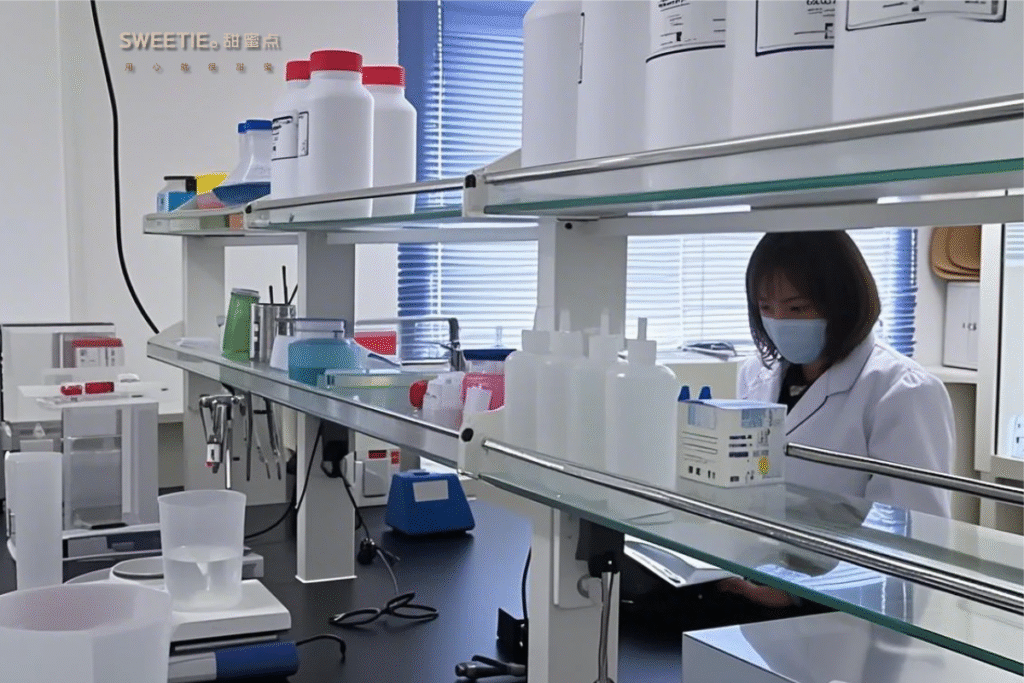
2. From Laboratory to Lifestyle
Technology alone does not build a market. The next step in the journey came from designers and florists who saw commercial potential in this discovery. In the 1990s, creative studios began using everlasting flowers in weddings, luxury displays, and seasonal retail campaigns.
They realized that preserved blooms offered something fresh flowers could not—time. Stores could prepare arrangements weeks in advance, and brands could ship floral gifts across continents without worrying about wilted petals.
As consumer demand grew, artisans refined coloring techniques, introducing soft pastels, metallic shades, and gradient tones to fit modern design trends. Everlasting flowers moved beyond science; they became an aesthetic choice for elegance, consistency, and sustainability.
3. Building a Global Supply Chain
By the early 2000s, the new industry needed reliable raw materials. The best roses came from high-altitude regions where cool air and bright light produced large, thick-petaled blooms. Farms in South America, particularly in Ecuador and Colombia, quickly became major suppliers.
At the same time, technology specialists and exporters collaborated to standardize quality and develop international logistics. Production centers emerged near flower farms to minimize transport time between harvest and preservation.
This was the stage of industrial organization. Everlasting flowers were no longer an artisanal curiosity but a product category supported by laboratories, farms, packaging designers, and logistics companies working together. Contact us at inquiry@sweetie-group.com to get more industry trends and insights.
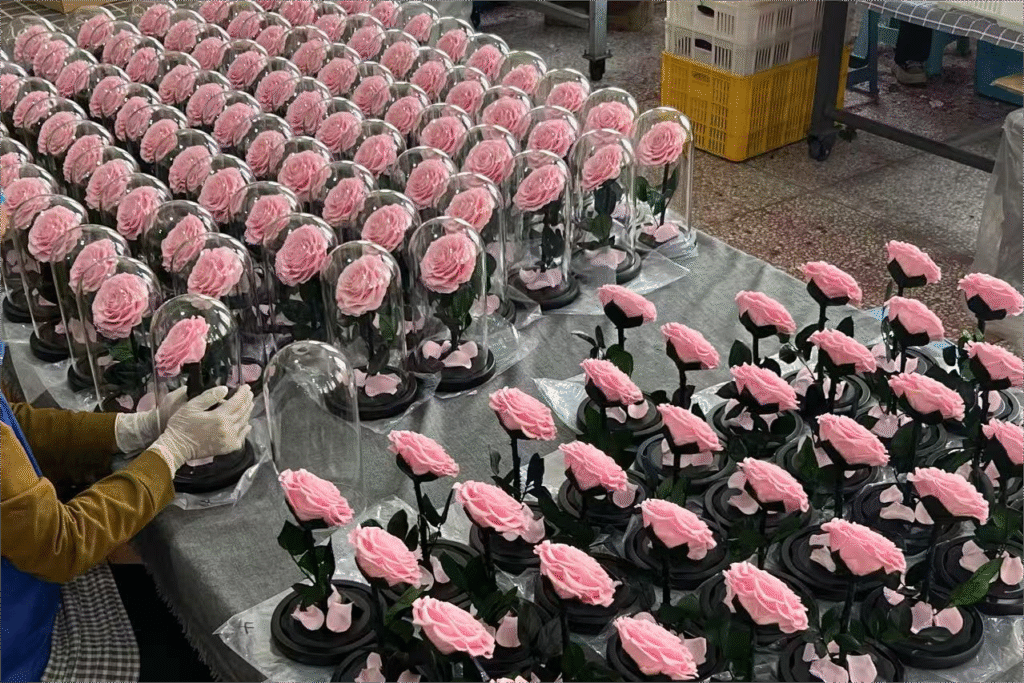
4. The Role of Asia: Design, Craft, and Production
While Europe provided innovation and Latin America offered raw materials, Asia gave everlasting flowers their design language and large-scale capability.
Creative markets in Japan refined the product for retail. Japanese designers emphasized minimalist composition, soft color coordination, and gift-ready packaging. These ideas redefined everlasting flowers as lifestyle items rather than decorative novelties.
Meanwhile, China’s Yunnan Province emerged as a production powerhouse. With abundant fresh-cut flower resources, skilled technicians, and efficient export logistics, Yunnan became the new heart of everlasting flower manufacturing.
Local producers improved preservation efficiency, developed eco-friendly materials, and standardized coloring consistency. The region’s government formalized technical standards in 2025, giving the industry a framework for stable, sustainable growth.
5. The Modern Industry: Where Science Meets Global Demand
Today, everlasting flowers represent a fully developed international industry. Retailers use them in home décor, fashion collaborations, and seasonal gifting. Luxury brands integrate them into packaging and jewelry boxes.
Behind every bloom lies a chain of collaboration—research scientists, growers, artisans, and manufacturers working across continents to keep natural beauty intact.
For professional buyers, the appeal is clear:
- Reliability: Long shelf life reduces waste and forecasting risk.
- Customization: Colors, sizes, and packaging can match brand identity.
- Sustainability: Less waste and fewer refrigerated shipments lower environmental impact.
- Scalability: Industrialized manufacturing ensures consistent supply.
Sweetie-Gifts plays a key role in this ecosystem, combining Yunnan’s floral resources with more than sixteen years of production expertise. Our team supports global retailers and brand developers with fast proofing, consistent quality, and customized packaging options.
If your company is exploring new ways to use everlasting flowers in retail or branded gifting, our specialists can help. Contact us at inquiry@sweetie-group.com to start your project discussion.
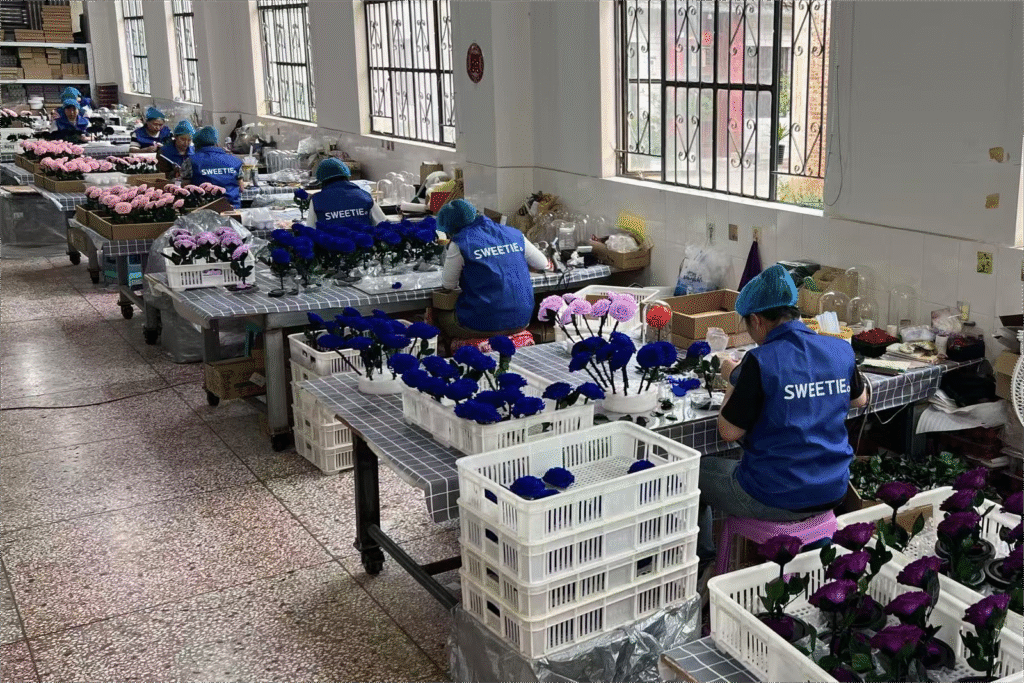
6. What the Evolution Teaches Us
The rise of everlasting flowers shows how innovation spreads:
- Science solved a problem of time.
- Design turned that solution into desire.
- Manufacturing scaled it into a reliable industry.
This three-part evolution transformed how the world experiences natural beauty. It also reflects the modern supply-chain model—collaborative, cross-border, and sustainability-driven.
Everlasting flowers prove that when technology and craftsmanship align, even the most fragile elements of nature can find permanence.
Conclusion
From laboratory experiments in the 1980s to today’s global manufacturing network, everlasting flowers have evolved through creativity, technology, and collaboration. They represent a perfect balance of science and artistry, offering brands a sustainable way to share natural beauty with the world.
At Sweetie-Gifts, we’re proud to continue this legacy—supporting international buyers who see everlasting flowers not just as a product but as a story of enduring innovation.
For inquiries or collaboration opportunities, please reach us at inquiry@sweetie-group.com.

Annie Zhang, CEO of Sweetie-Group




